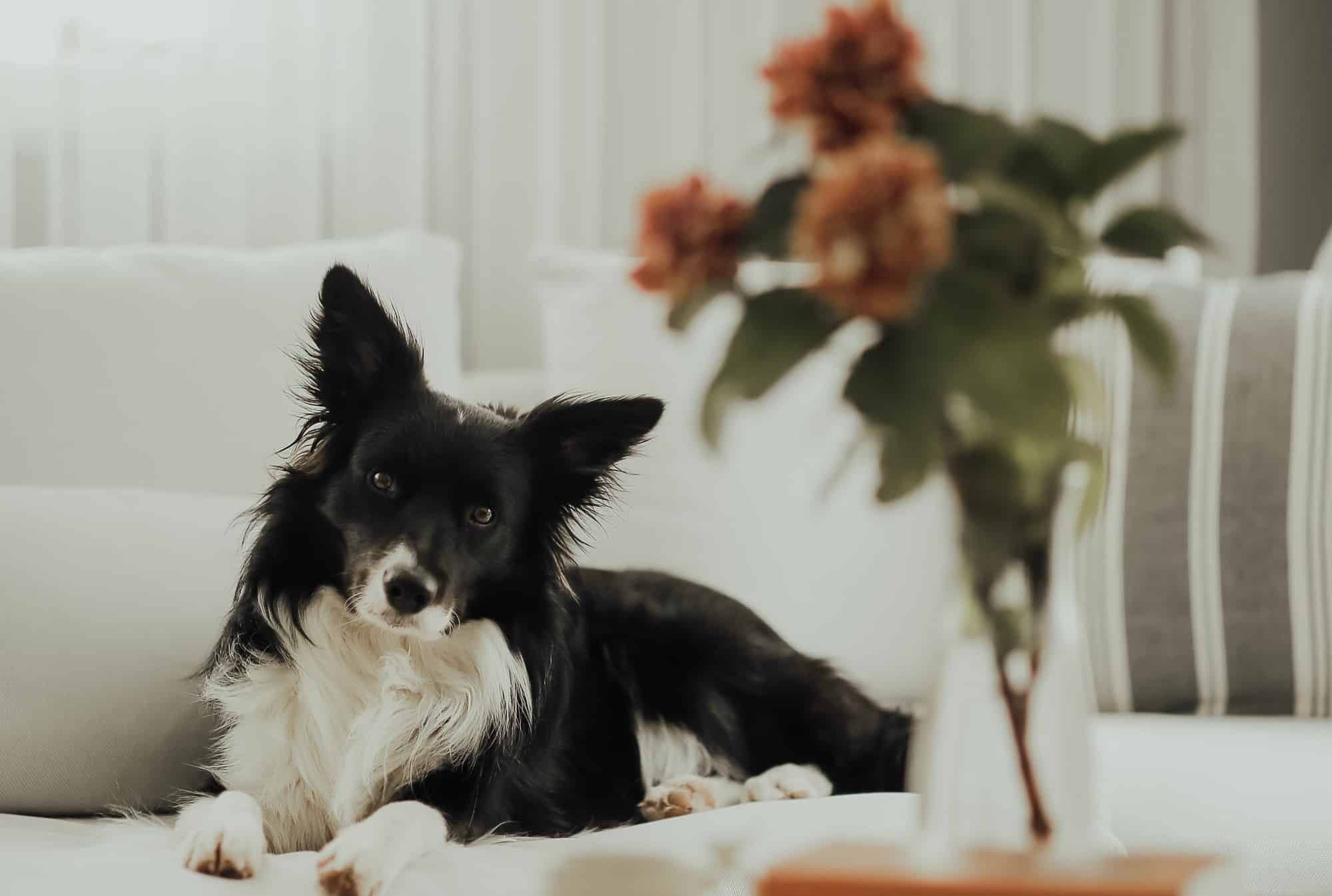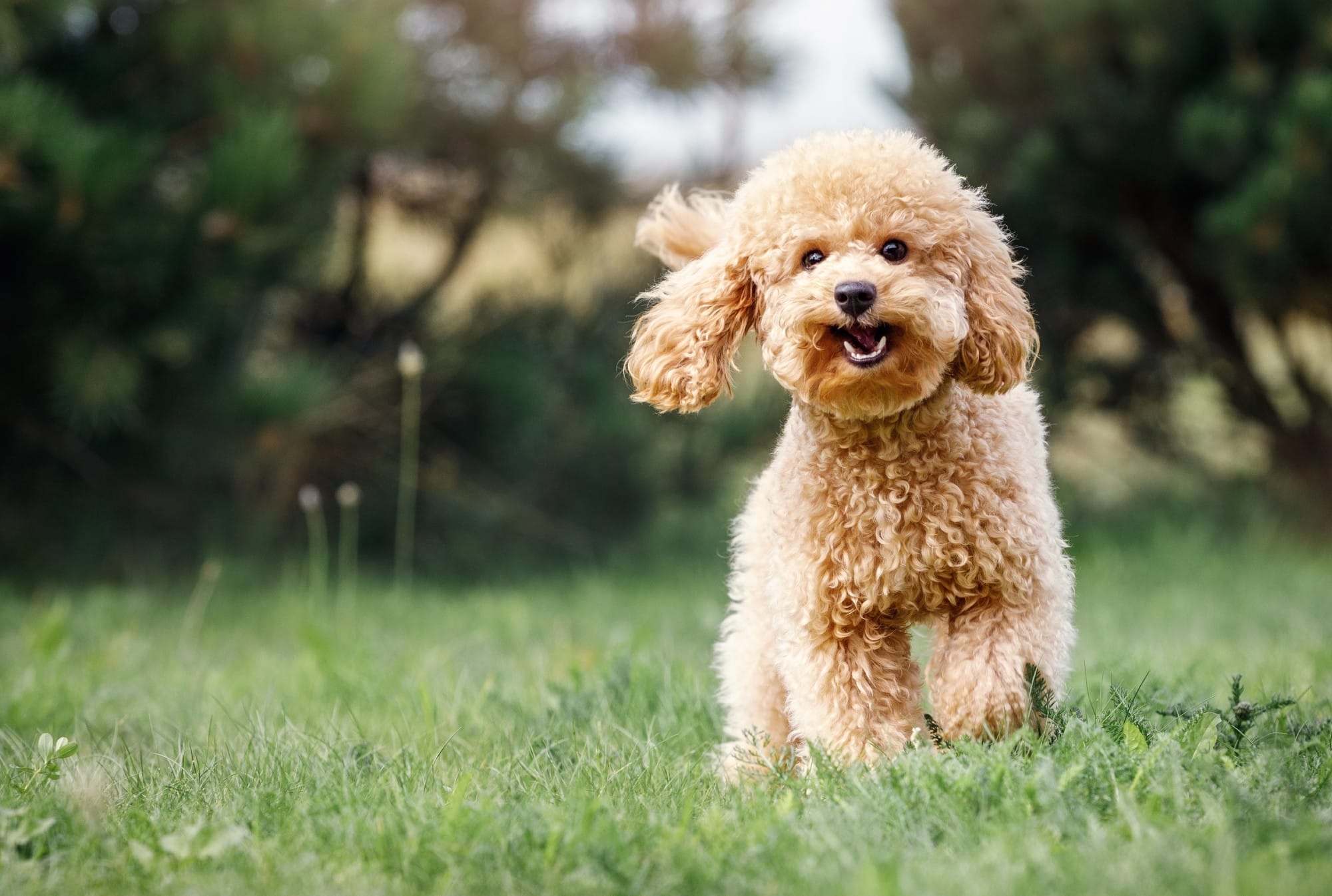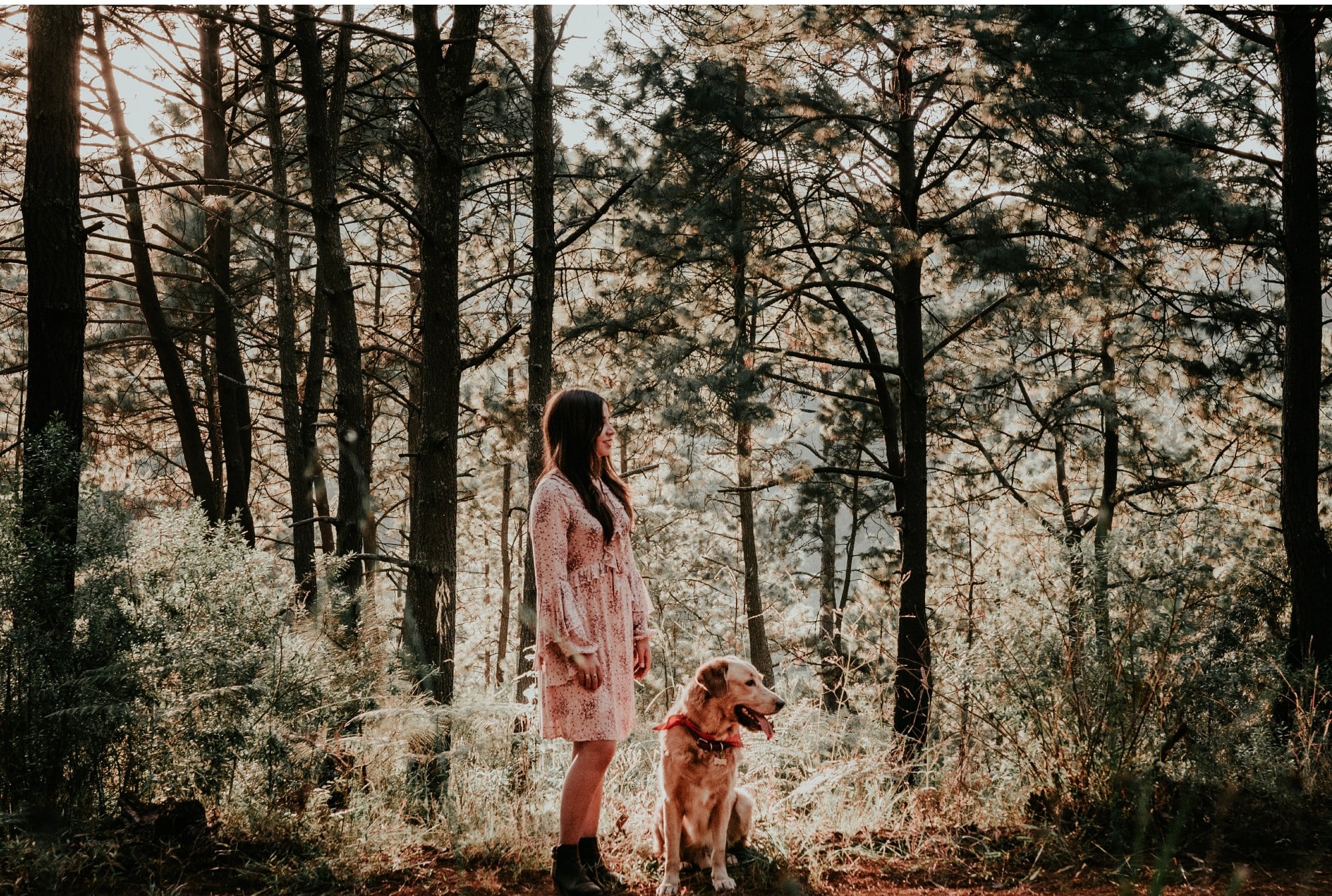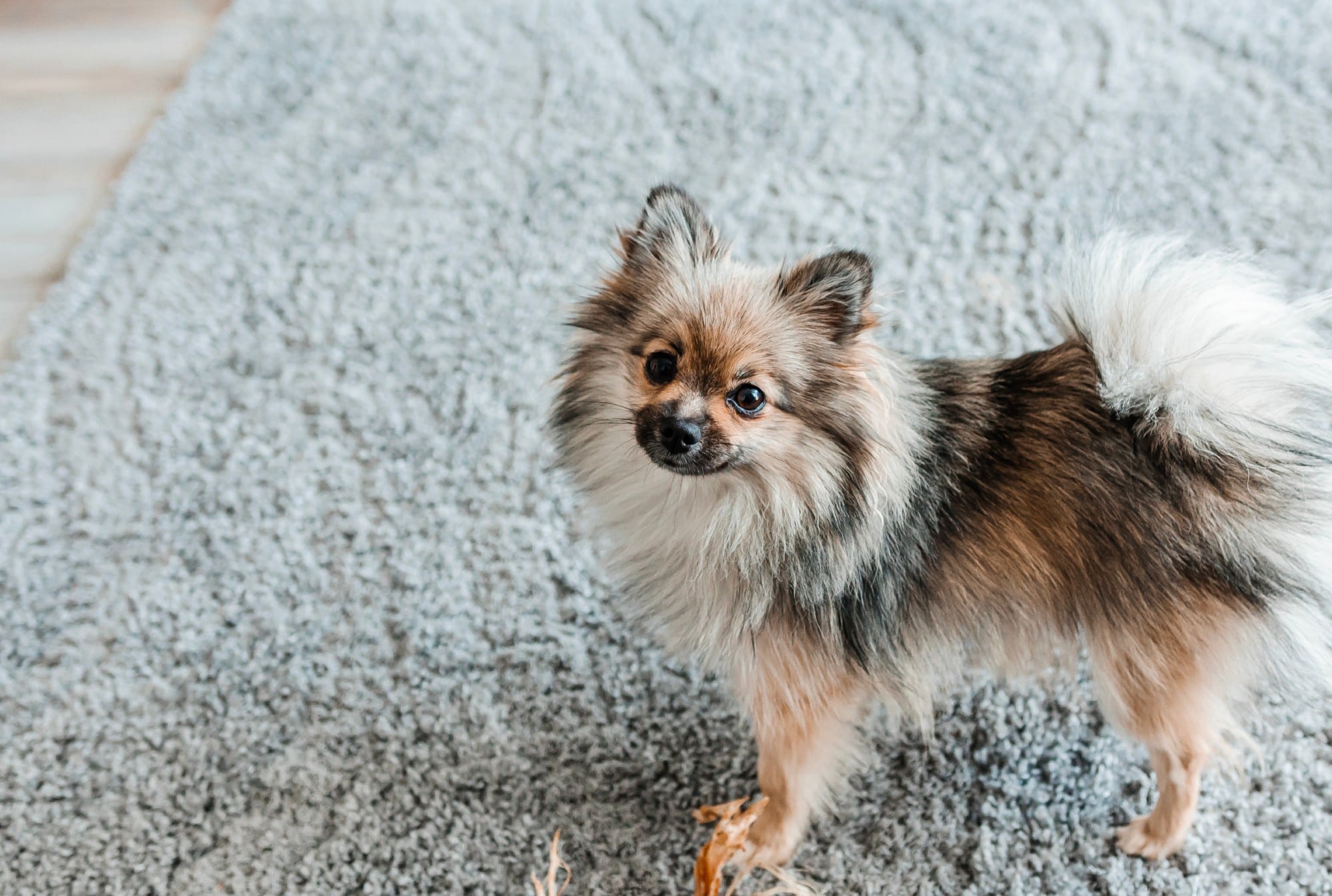As Valentine’s Day is upon us, giving flowers is one of the most common ways to show your love and appreciation for that special someone in your life. But amidst their beauty lies a hidden danger for our four-legged friends, with many popular varieties being extremely toxic to dogs.
So, before having fresh-cut blooms near your pup, make sure they are pet friendly. Below are the flowers to avoid, what to do if your dog eats one, and safe alternatives.
Related: 5 Toxic Holiday Plants for Dogs
Common Valentine’s Day Flowers that are Poisonous to Dogs
Tulips: These vibrant flowers are a popular choice for Valentine’s Day, as they come in so many amazing colors and are fun yet simple. Unfortunately, they are also highly toxic to pets. The toxins, tulipalin A and B, are concentrated in the bulbs, and can cause intense gastrointestinal irritation, excessive drooling, loss of appetite, depression of the central nervous system, convulsions, and cardiac abnormalities.
Daffodils: This cheerful flower is perfect for spring, but not for your dog. The bloom, particularly the bulb, contain lycorine and other alkaloids, which can cause severe vomiting, diarrhea, belly pain, and other health issues, including heart problems.
Lilies: These exotic-looking flowers are stunning, but a definite no-go for households with pets. They were the number-one flower reported to the Pet Poison Hotline last year for toxic exposure. While poisonous to dogs, cats are even more at risk, with ingestion potentially causing serious kidney issues. Other health problems may include seizures, vomiting, lethargy, and heart rate abnormalities.
Carnations: On their own or used in bouquets, carnations are one of the most iconic flowers fro Valentine’s Day. While not as toxic as other flowers, they still can cause mild gastrointestinal upset and dermatitis, so it is best to avoid.
Hyacinths These unique flowers are gorgeous and brighten up any home, but the same can’t be said for our dogs. Similar to tulips, hyacinths contain alkaloids that can cause vomiting, diarrhea, and dermatitis. The bulbs are the most toxic part, leading to drooling, lethargy, and even depression of the central nervous system in severe cases.
Azaleas: Part of the Rhododendron family, azaleas include the compound grayanotoxins, making them highly toxic to pooches, causing issues like vomiting, diarrhea, weakness, and in severe cases, coma or death.
Oleander: Another beautiful but dangerous plant, oleander is toxic as it has cardiac glycosides in it, which can severely affect the heart, both for pets and humans. Ingesting even a small amount can cause drooling, vomiting, and diarrhea. It can also lead to more severe health problems, including cardiac issues.
Related: 10 Houseplants That Are Poisonous to Your Dog — And Safe Alternatives
Roses: The most iconic flower for Valentine’s Day isn’t toxic per se, but if your dog eats the thorny stems, it can cause obstruction, scratches in the esophagus, and abdominal issues. Fortunately, there are thornless roses.
What to Do If Your Dog Ingests a Toxic Flower
If you suspect your dog has ingested part of a toxic plant, it’s crucial to act quickly. Remove any remaining plant material from their mouth and contact your vet or an emergency vet clinic immediately. You can also call the Pet Poison Hotline to get more information and additional tips. Ensure your dog has access to clean water and is in a safe, comfortable area during treatment.
Safe Alternatives for Valentine’s Day
Instead of risking your dog’s health with potentially toxic flowers, consider these alternatives:
- Safe Flowers: Opt for pet-friendly flowers like roses (again, watch out for thorns), gerbera daisies, snapdragons, or orchids. Always double-check the safety of any flower before bringing it into your home.
- Fake Flowers: Artificial flowers can be just as beautiful as real ones and pose no risk to your pets. They also last much longer, making them a great alternative.
- Safe Plants: Consider gifting a pet-safe plant instead. Spider plants, Boston ferns, and African violets are all safe options for homes with pets.
Related: Dog-Proof Your Outdoor Oasis: 4 Landscaping Tips for a Lush and Pup-Friendly Yard
Valentine’s Day is a celebration of love and affection, but let’s ensure it remains a happy occasion for all members of our families, including our pets. By being mindful of the flowers we choose and their potential hazards, we can prevent emergencies and keep our furry friends safe and healthy. Remember, the best gift we can give our pets is our love and protection, ensuring they remain by our sides to celebrate many more Valentine’s Days to come.



















